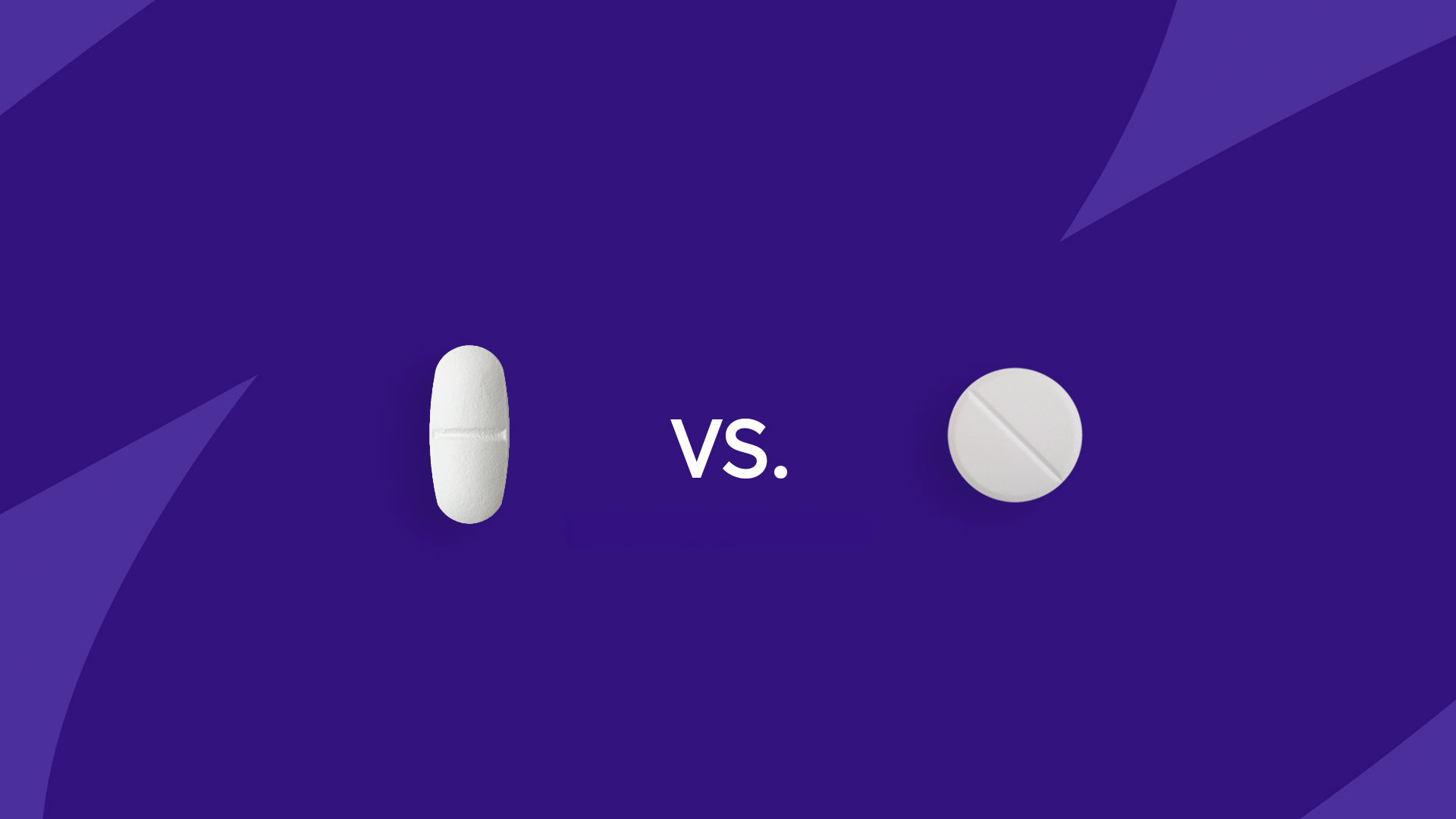Compare Movantik alternatives | Relistor | Symproic | Entereg | Amitiza | Linzess | Trulance | Natural alternatives | How to switch meds
Movantik (naloxegol) is a medication manufactured by AstraZeneca and used in the treatment of opioid induced constipation (IOC). To better understand how Movantik works, let’s take a look at how opioid pain medications cause constipation. Opioid pain medications, such as oxycodone, oxycontin, morphine, dilaudid (also referred to as narcotic pain meds, exert their pain relieving effects by its actions on 3 specific receptors: mu, delta, and kappa. Think of the receptors as the lock and the opioids as the key that can open the lock.
The problem is, these receptors are not only located in pain nerves, but also along our gastrointestinal (GI) tract (specifically the mu receptor). So, when you take an opioid pain medication, not only do the pain nerve fibers become desensitized, but the motility (movement) of the GI tract also becomes affected. When the mu receptor in the GI tract becomes activated by opioids, three main changes occur: decreased contractions of the GI tract, increased absorption of fluid from the GI tract lumen, and decreased secretion of fluid into the lumen of the GI tract (the last two changes both make it more dry and less lubricated in the GI tract). This results in constipation, which can be severe.
Constipation is one of the most common side effects from the use of opioid pain medications. This is where Movantik comes in. Movantik, and other peripheral opioid antagonists, block opioid medications’ effects on the mu receptor in the GI tract.
RELATED: 8 medications that cause constipation
What can I take in place of Movantik?
For various reasons, a patient may need to switch to a different type of medication to treat opioid induced constipation and constipation in general. Some patients may not respond to Movantik. Other patients’ insurance may not cover the brand-name Movantik b. Still others may have side effects to naloxegol, which may include opioid withdrawal symptoms. Fortunately, there are several alternative medications for constipation that can be tried.
There are three other peripheral opioid antagonists: Relistor (methylnaltrexone), Symproic (naldemedine), and Entereg (Alvimopan). These three alternatives work in the same way that Movantik works, by blocking the opioid action at the intestinal mu receptor. However, it should be noted that Entereg is only indicated to treat postoperative ileus (lack of intestinal contractions following surgery). This is a slightly different situation than OIC, however, the two conditions both involve constipation contributed to by opiates.
There are also three other prescription drugs indicated to treat chronic idiopathic constipation (CIC): Amitiza (lubiprostone), Linzess (linaclotide), and Trulance (plecanatide). While only one of these medications is also indicated for OIC (Amitiza), they can all be used for someone who has chronic constipation from the effects of opioids.
Compare Movantik alternatives |
|||
|---|---|---|---|
| Drug name | Uses | Dosage | Savings options |
| Movantik | Opioid induced constipation | 12.5 mg, 25 mg oral tablet | Movantik coupons |
| Relistor | Opioid induced constipation | 150 mg oral tablet; 8 mg per 0.4 ml, 12 mg per 0.6 ml SC injection | Relistor coupons |
| Symproic | Opioid induced constipation | 0.2 mg oral tablet | Symproic coupons |
| Entereg | Postoperative ileus | 12 mg oral capsule | Entereg coupons |
| Amitiza | Chronic idiopathic constipation (CIC);constipation predominant irritable bowel syndrome (IBS-C); and opioid induced constipation (OIC) | 8 mcg, 24 mcg oral capsule | Amitiza coupons |
| Linzess | CIC; IBS-C | 72 mcg, 145 mcg, and 290 mcg oral capsule | Linzess coupons |
| Trulance | CIC; IBS-C | 3 mg oral tablet | Trulance coupons |
Top Movantik alternatives
The following are some of the most common alternatives to Movantik.
Relistor
Relistor (methylnaltrexone bromide) is a medication in a class called peripheral opioid antagonists (blockers), which is the same class as Movantik and Symproic. It is indicated for opioid induced constipation in patients that are taking narcotic pain relief medications for chronic non-cancer pain. It comes in one dose oral tablet and two different subcutaneous injection strengths. The standard oral dose is 450mg (which would be 3 tablets) once daily in the morning, at least 30 minutes prior to the first meal. The standard subcutaneous injection dose is 12mg once daily. Rare but serious side effects include intestinal perforation and severe diarrhea. Common side effects include nausea, headache, diarrhea, flatulence, and abdominal cramping.
RELATED: Opioid antagonists: Uses, common brands, and safety info
Symproic
Symproic (naldemedine) is a third peripheral opioid antagonist, along with Movantik and Relistor. It comes in one oral 0.2mg dose tablet. Again, it is used for opioid induced constipation in patients that are taking narcotic pain medications for non-cancer related pain. Symproic can be taken with or without food, once daily. Rare but serious side effects include intestinal perforation, opioid withdrawal, and severe diarrhea. Common side effects include nausea, vomiting, headache, diarrhea, flatulence, abdominal pain.
Entereg
Entereg (alvimopan) is an oral mu-opioid receptor antagonist medication approved for postoperative ileus. When you undergo any type of surgery, especially bowel surgery, your intestines can take a temporary break from contracting. Since contractions are what make your stool move throughout your intestines and enable you to have a bowel movement, when they don’t contract, you won’t have a bowel movement. This is referred to as an ileus. This can occur after surgery due to several reasons: the anesthesia given for the surgery, the surgery itself, and the pain medications given after the surgery is completed. Entereg has one dose only, 12mg. This is taken orally twice daily for up to seven days. It is recommended to start this within 5 hours before the surgery as a single dose, and then start it twice daily the day after surgery. A rare complication with long-term use only (which is not recommended), is the possibility of a heart attack. Common side effects include flatulence, urinary retention, and upset stomach.
Amitiza
Amitiza (lubiprostone), an oral chloride channel activator, is a medication approved for three conditions: chronic idiopathic constipation (CIC), irritable bowel syndrome with constipation (IBS-C), and opioid induced constipation (OIC—–just like Movantik). This medication works by activating chloride channels in the intestine, promoting fluid secretion into the lumen of the intestines. This lubricates the intestines and causes contractions. This comes in two doses, an 8 mcg and 24 mcg oral capsule. The 8 mcg dose (twice daily) is indicated for constipation-predominant IBS. The 24 mcg dose twice daily is used for OIC and CIC. Lubiprostone should be taken with food. Rare but serious side effects include allergic reaction and hypotension (low blood pressure). Common side effects include nausea, bloating, headache, and diarrhea.
RELATED: Chloride channel activators: Uses, common brands, and safety info
Linzess
Linzess (linaclotide), is a medication approved for two conditions: chronic idiopathic constipation (CIC) and irritable bowel syndrome with constipation (IBS-C). This medication works by activating guanylate cyclase-C, which then stimulates cyclic GMP in the intestines, promoting fluid secretion into the lumen of the intestines. This lubricates the intestines and causes contractions. Linzess comes in three different doses, a 72 mcg, 145 mcg, and 290 mcg oral capsule. The 290 mcg dose is indicated for constipation-predominant IBS. The 72 mcg and 145 mcg doses are used for CIC. Linzess is best taken first thing in the morning on an empty stomach. Rare but serious side effects include allergic reactions and severe diarrhea. Common side effects include nausea, flatulence, headache, and mild diarrhea.
RELATED: How much is Linzess without insurance?
Trulance
Trulance (plecanatide), is a medication approved for two conditions: chronic idiopathic constipation (CIC) and irritable bowel syndrome with constipation (IBS-C). Like Linzess, this medication works by activating guanylate cyclase-C, which then stimulates cyclic GMP in the intestines, promoting fluid secretion into the lumen of the intestines. This lubricates the intestines and causes contractions. Trulance comes in only one dose, 3 mg, making it a bit more simple to prescribe compared to say, Linzess. The most common side effect of Trulance is diarrhea, which can rarely be severe.
Related: Trulance vs. Llinzess
Natural and OTC alternatives to Movantik
The most well known natural laxatives to help with constipation include high fiber foods such as leafy greens, broccoli, brussel sprouts, and legumes. A high fiber diet, along with drinking plenty of water and regular exercise, is the foundation of treatment for mild constipation.
Prunes can also be quite helpful with mild forms of constipation. These regimens may not be enough for more significant constipation, including constipation caused or made worse by opiates. In this case, there are several OTC medications that can help with constipation (whether caused by opioids or not). These would be referred to as over-the-counter laxatives.
In fact, in hospitalized patients who are constipated from opioids, we often use an OTC regimen of twice-daily colace (docusate sodium) 100 mg, a stool softener, along with senokot (sennosides) two 8.6 mg tablets in the evening. As sennosides are a derivative of the Senna plant (Senna alexandrina), this would be a natural alternative to Movantik. Senna acts as a stimulant laxative, much like Dulcolax (bisacodyl), another OTC laxative.
Stimulant laxatives are meant to be used short-term, unless otherwise directed by your physician or provider. When used long-term (more than approximately 1 month), they can be habit-forming, and result in worsening constipation if stopped.
Other OTC laxatives include Miralax (polyethylene glycol), Citroma (magnesium citrate), and milk of magnesia, all of which are considered osmotic laxatives. When oral laxatives are not enough or not tolerated, my patients will sometimes resort to using enemas, the most common of which is the Fleet enema and mineral oil enema. It is always best to consult with your healthcare provider before taking herbs or supplements to treat a medical condition.
RELATED: 20 home remedies for constipation
How to switch to a Movantik alternative
As mentioned, there are several alternative medications that can be substituted for Movantik, both in the same class and different classes for constipation. It is not always necessary for a person who is on opioid pain medication and is experiencing constipation to use a peripheral opioid antagonist.
All of the medications mentioned above can successfully treat opioid induced constipation. However, insurance may not cover one of the meds approved for CIC or IBS-C (Linzess, Trulance), as they are not approved by the Food and Drug Administration (FDA) for off-label usage. Using a SingleCare discount card at participating pharmacies can help reduce the price for many prescription medications.
Other laxatives, both over the counter and prescription, should be stopped once you are placed on Movantik, Relistor, or Symproic, unless otherwise advised by your physician. In addition, once the opioid pain medication itself is stopped, the peripheral opioid antagonist should also be stopped.
Remember, if you have any questions about switching medications, if you experience adverse effects such as severe abdominal pain despite switching to a new drug, or have risk factors that may be of concern, contact your prescribing doctor or healthcare professional for medical advice.











